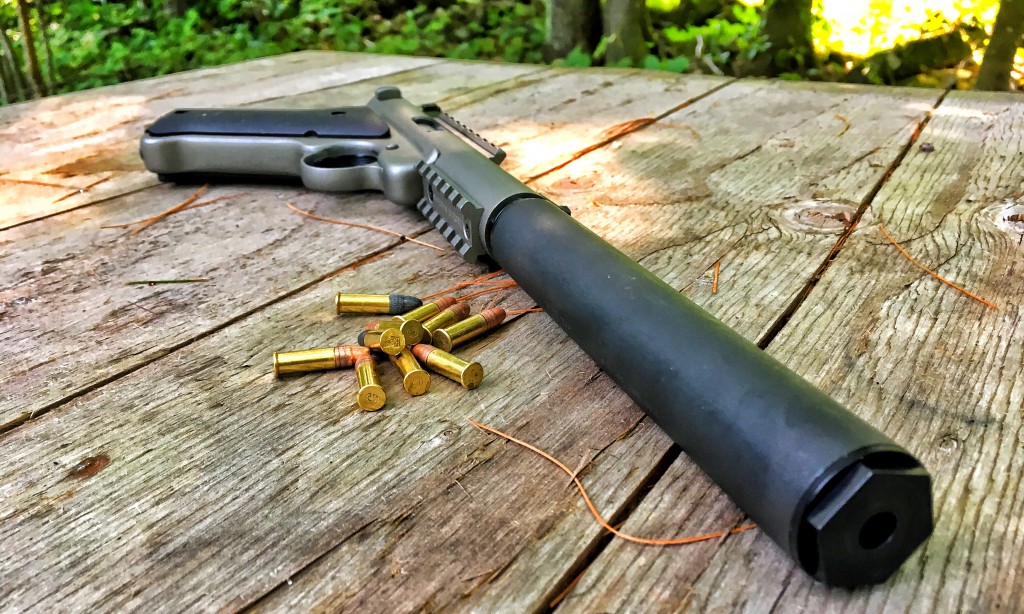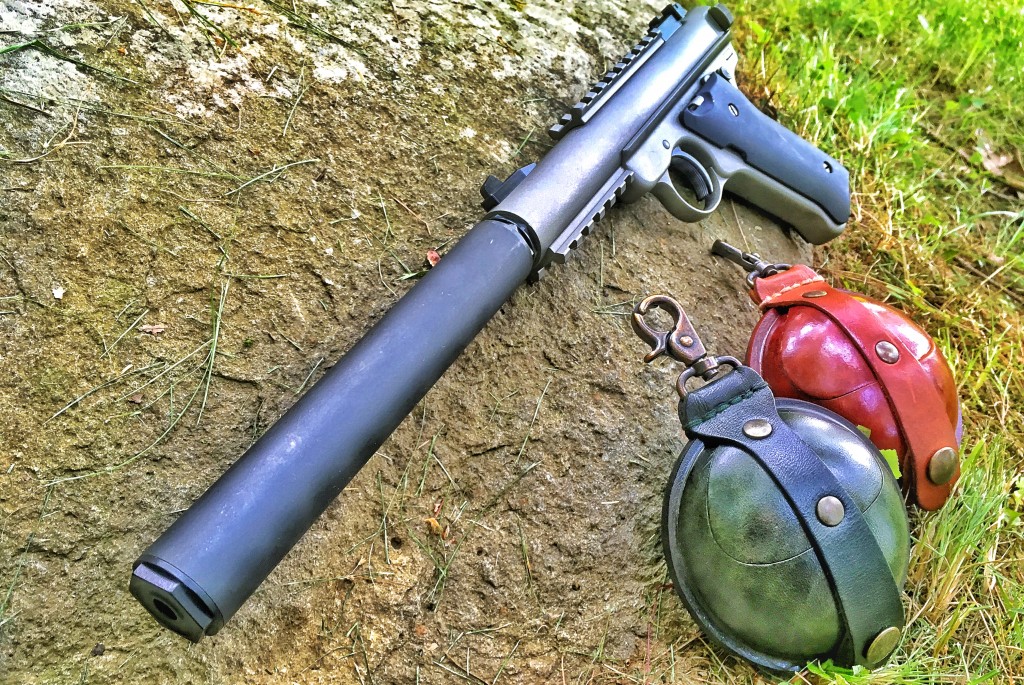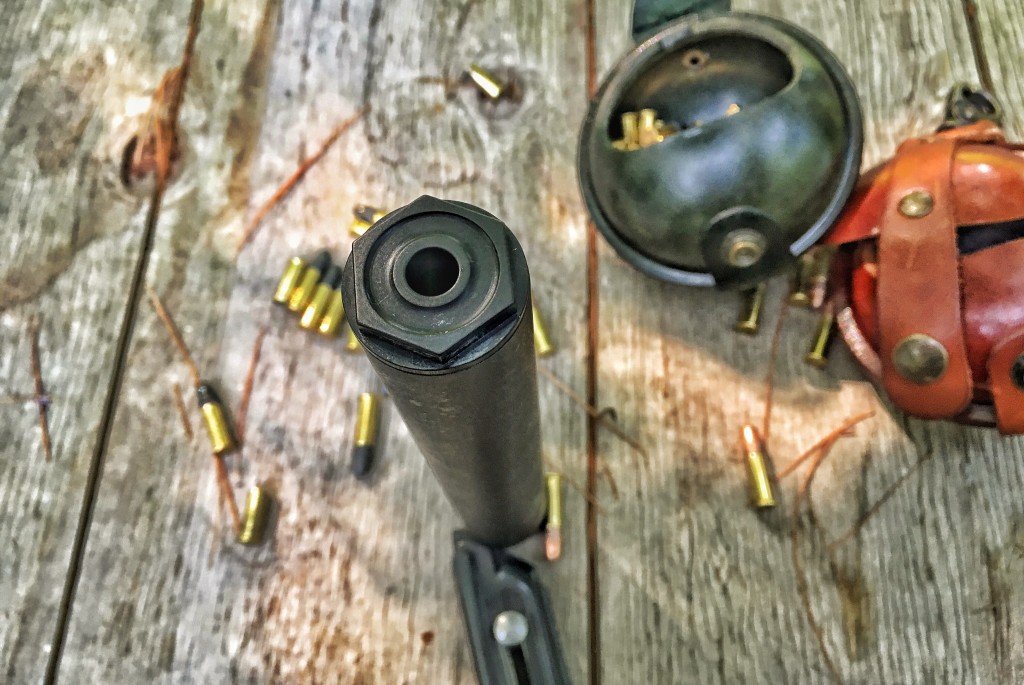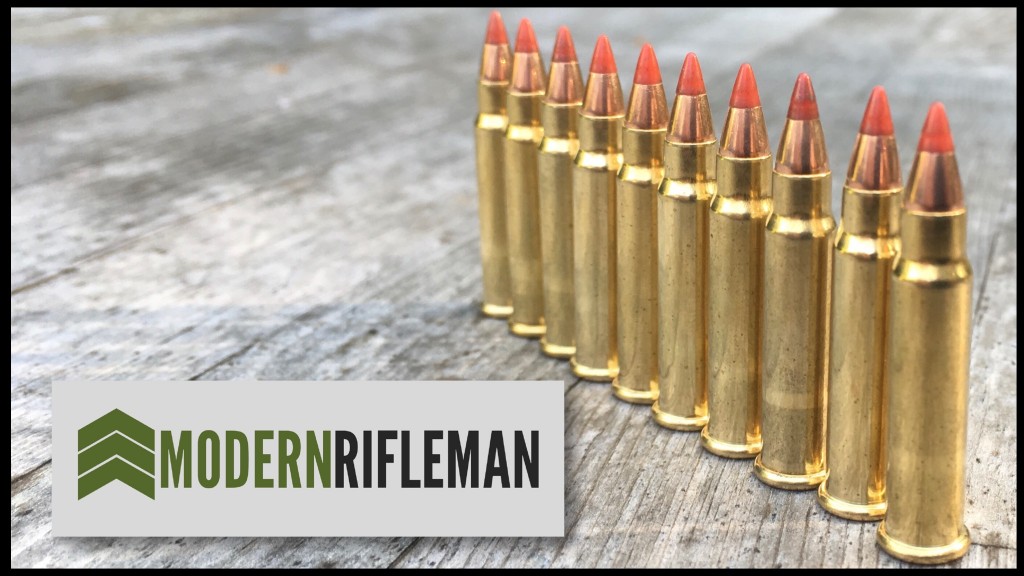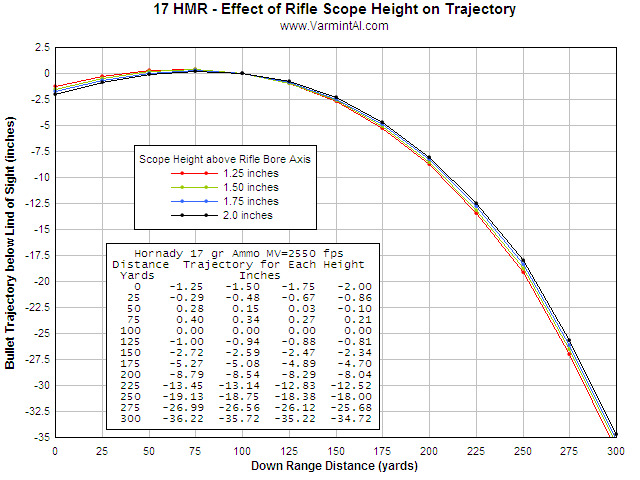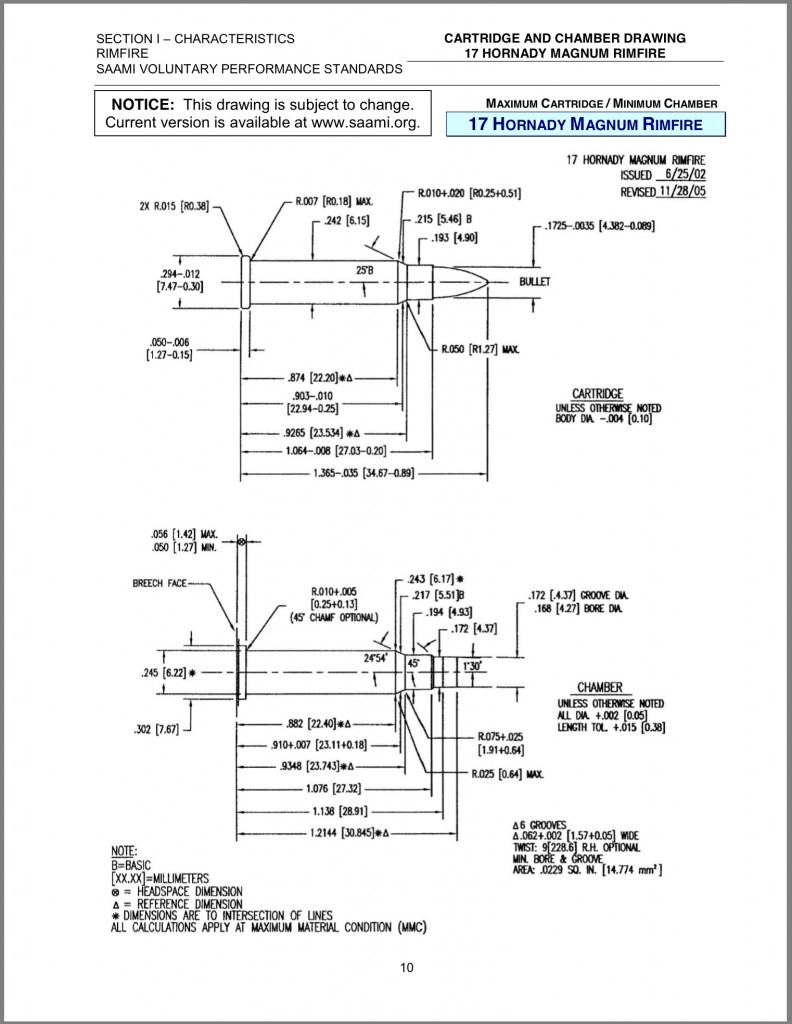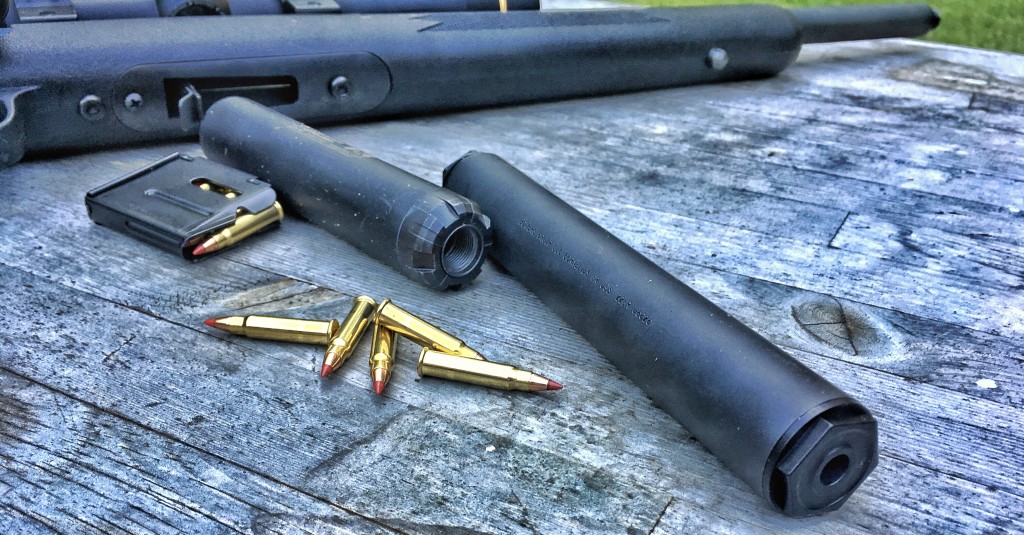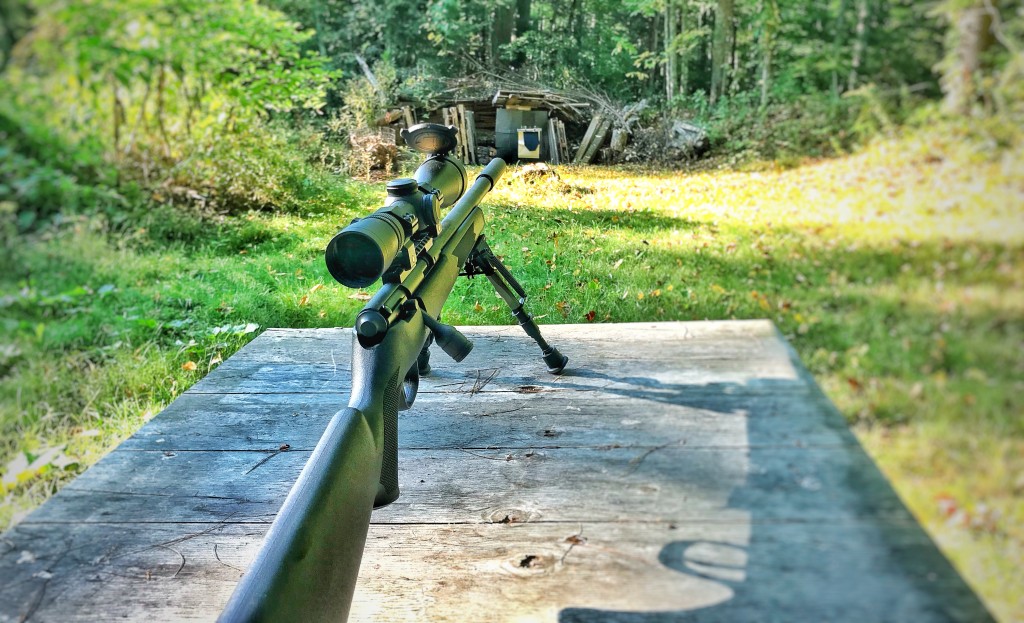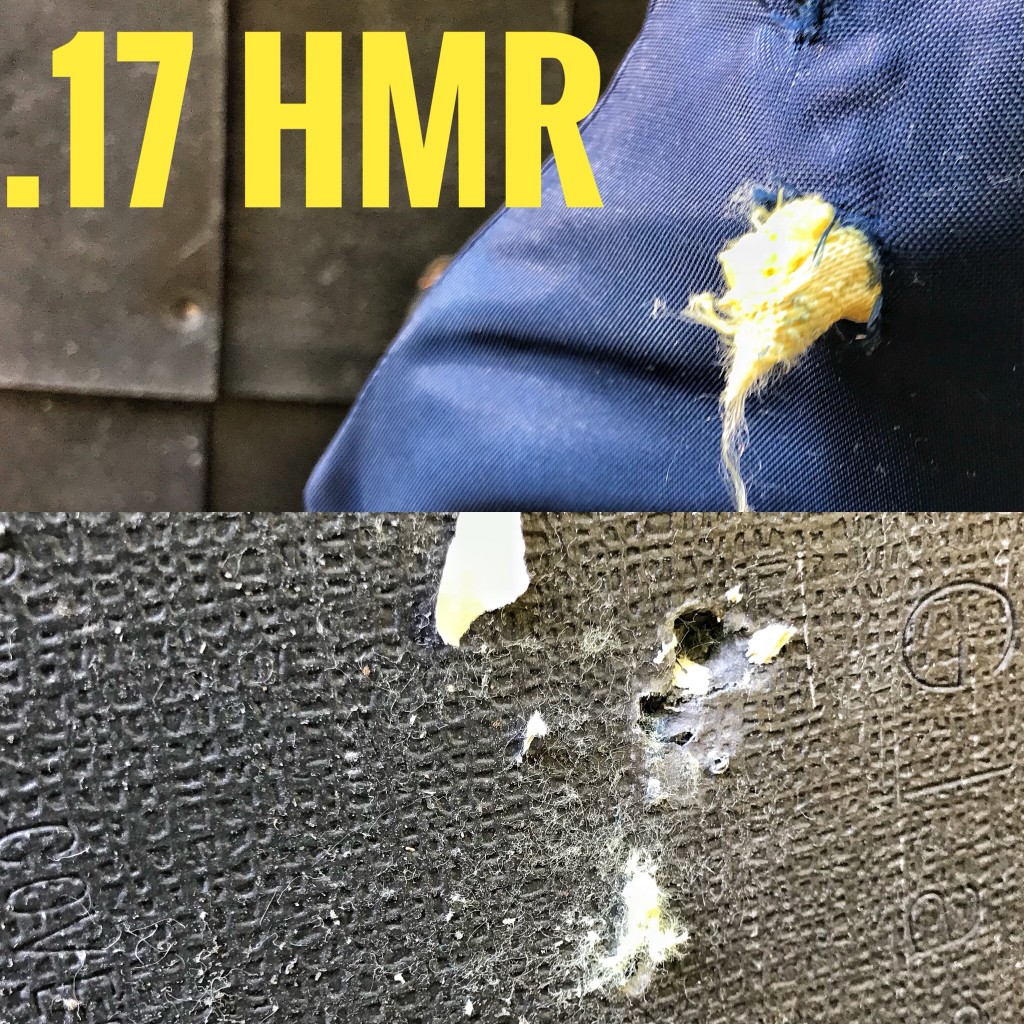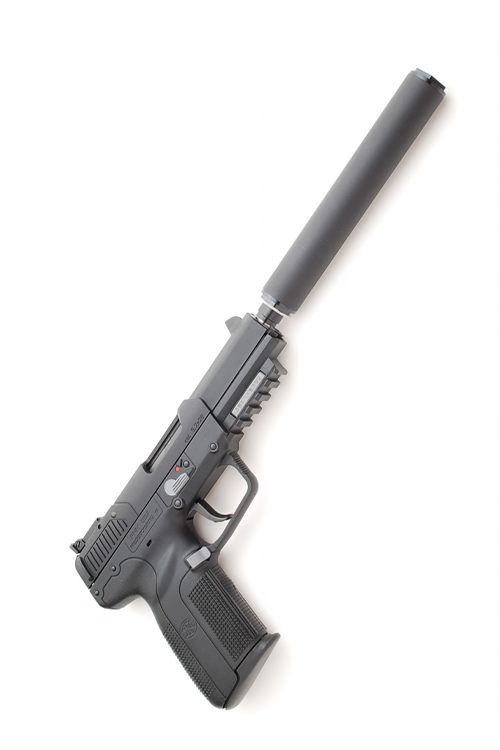Silencer Shop Authority: Suppressing .17 HMR With The Bowers USS 22
Like most shooters, the entirety of my knowledge of rimfire ammunition, accuracy, and suppression comes from years of experience shooting .22 long rifle. Barrel lengths, bullet velocities, and trajectories have all been committed to memory as we have searched for that perfect combination of host and suppressor. But I have had the opportunity to expand my horizons a bit of the past few months – packing a Savage rifle chambered in .17 HMR rifle and the Bowers Group USS 22 silencer.
Before we go any further, a word of caution, not all rimfire silencers are rated for the hot .17 HMR cartridge. So if you are planning on taming the smallest round on the market, make sure you check with your silencer manufacturer for specifications related to your model. In general, lightweight rimfire silencers primarily made of aluminum should be left to .22 LR only.
My first step was a trip to my local gun shop where I’d be buying a few hundred rounds of what looks like the mini-me version of a 5.56mm round. I could have easily ordered up a few boxes from my favorite web retailers, but I specifically wanted to confirm local availability in case I was moved enough to adopt the round into the family. One local shop had four versions of .17 HMR, whereas the big box store only had one load, and it was stored behind the counter.
Tiny ammo in hand, it was time to head out into the woods.
About two years ago, we initially reviewed the Bowers USS 22. Featured in the write-up are all the details, specifications, and disassembly and cleaning information, so I won’t rehash everything in this review. However, it is impressively quiet.
Like most things in life, using firearm silencers is all about managing expectations. I did not expect a 5.7 rated steel suppressor to have the same weight as an all-aluminum silencer rated for .22 LR. Besides, as someone who likes to chase subsonic decibels, I’ll gladly trade extra weight for better performance.
Since this was my first time with the Bowers USS, I started off by using six of my favorite .22 LR loads in both pistol (Ruger MKII with a Tactical Solutions Pac-Lite upper) and rifle (CZ-455 Bolt Action) hosts. Without restating the obvious, all of the subsonic ammunition was quieter than the supersonic ammunition I ran through both guns.
My favorite “general use” .22 LR suppressor ammunition is currently Gemtech’s 42-grain subsonic line. As such, it is part of my initial testing regimen for any new rimfire suppressor. As expected, the subsonic rounds were impressively quiet in the USS 22 using either a pistol or rifle host. With a deep tone, I’d rank it as one of the better sounding .22 LR suppressors I have had the chance to experience.
For comparison, I used two other rimfire silencers from opposite ends of the spectrum. The lightweight SilencerCo Warlock with a traditional baffle stack and the SilencerCo Sparrow with a monocore stack. While the Bowers USS weight was on par with the Sparrow and length on par with the Warlock, it seemed to outperform both silencers using all five types of subsonic ammunition.
There was little to no first-round pop (FRP) using the USS on either the pistol or the rifle. However, I did throw in some ablative as a non-scientific test and did notice an additional reduction. If I had to guess, it would meter three to four decibels lower using a liquid. The USS outperformed both the Sparrow and Warlock in terms of an additional sound reduction using an ablative.
The USS uses Bowers signature ATAS thread adapter system which is simple, easy to use, and reliable. Although the overwhelming majority of rimfire shooters will only need the 1/2×28 thread pitch, additional ATAS inserts are available in a variety of sizes and specifications.
Bowers Group USS 22
The Bowers Group USS .22 (User Serviceable Suppressor) is rated to 2400 FPS and under. The USS 22 is appropriate for the following calibers 17 HM2, .17 HMR, 22LR, .22 TCM, 22 Magnum FN 5.7x28mm and is rated for fully automatic fire in .22LR.
Back to the topic at hand – read that in Dr. Dre’s voice, please – suppressing the .17 Hornady Magnum Rimfire cartridge. Being green to the Wildcat rimfire world, I thought I should start with a bit of research. What advantages does a smaller bullet in a rimfire case have to offer?
PROS:
- High velocity (nearly twice that of .22 LR HV)
- Flat trajectory
- Longer range
CONS:
- More expensive as compared to .22 LR
- Destructive terminal ballistics at short ranges (hunting small game for food)
- Louder?
Let’s take a look at velocity and trajectory. The 17-grain projectile drops a measly 2.5” at 150 yards. That’s easily holdover territory. At 250 yards, .17 HMR drops only about 18” from the 100 yard zero. Of course, with a bullet weight of only 17 grains, even a slight wind has the potential to blow the projectile off its track.
It’s been quite a while since I hunted using a rimfire rifle; the Northeast is populated enough to keep most areas to shotgun-only unless you head farther north. But back in the day, I was comfortable taking ethical 50-yard shots on squirrels, rabbits, and other small game. For pest control, Starlings, pigeons, and the occasional woodchuck, I could stretch that out to 75 yards with confidence.
With the .17 HMR sporting a jacketed bullet pushing 2500fps, given the right terrain and how much practice I had put in on the platform, I could easily see 150-yard shots on more stationary targets. For the scope of this review, I was only able to stretch my rounds out to 100-yard paper targets. If I lived out west, I am reasonably certain a Bowers USS and the Savage would be my go-to prairie dog gun.
I included the official SAAMI specifications to illustrate the size of the cartridge. This is where firearm physics gets fun – how can such a small case propel a bullet to twice the speed of “normal” rimfire rounds? Easy, velocity is directly related to the amount of mass you are pushing down the barrel. Simple and straightforward, right? Don’t forget that the .17 HMR rounds are jacketed, not plated like .22LR. At the standard 1 in 9 twist rate as well as the greater velocities, a plated .17 HMR would most likely self destruct in the barrel or after leaving the muzzle.
But, enough boring science talk…
I picked the Hornady VMAX mostly out of necessity – it was the most common brand and load available at the time. And it performed well – at 100 yards I was holding a 1.5” five-round group. I have no doubt that a more experienced precision shooter could pull off sub-MOA groups. Regardless, there is a good selection of ammunition types available for testing if you are so inclined.
To start off, I fired five rounds of .17 HMR unsuppressed followed by five rounds of .22 LR from 16” rifles. With foam ear plugs I could definitely tell that the HMR round was louder, maybe sharper, than its rimfire sibling. As I would recommend with any unsuppressed firearm, I would not suggest shooting .17 HMR without some form of hearing protection.
After adding the Bowers USS, I fired 50 rounds at paper targets, 10 of which I removed my foam ear plugs. I wouldn’t go so far as to say the reports were “hearing safe”, but I certainly didn’t reach the pain threshold that you would with some suppressed supersonic centerfire cartridges. It was almost as if the sonic crack was further in front of the shooting position compared to HV .22 LR.
A quick note about the point of aim, point of impact (POA/POI) changes with the Bowers USS. In my novice precision rifle experience, I could not detect any shift between suppressed and bare muzzle. I credit the Bowers baffle design and manufacturing tolerances, but I was pleasantly surprised that at 100 yards, the rounds all ended up at virtually the same place.
Let’s take a look at a comparison. The only other .17 HMR capable silencer I had at the time was the SilencerCo Sparrow. The Sparrow is noticeably shorter and a bit lighter than the Bowers USS. However, it is noticeably louder as well. I will try and not beat up in the little monocore can too much, but it was a ‘night and day’ type of experience. And without a side by side comparison, I’m not sure I would have completely appreciated the suppression levels the USS offers for the rimfire wildcat round.
Since I had limited time with the Bowers/Savage setup, I wanted to try something outside of testing pure suppression levels. Using an old Level IIIA ballistic panel, I set up at the 25-yard line. My theory was that, rimfire or not, a projectile traveling 2.5 times the speed of sound will defeat soft armor.
Shooting five rounds into roughly the same area of the panel, I could tell by the sound and movement of the target at least some of the rounds had penetrated. Upon inspection, four of the bullets had cut through the Kevlar and five layers of the rubber-backed industrial carpet I use as an initial backstop.
Clearly, this is far from a scientific test, but it does illustrate the importance of sheer velocity over mass when thinking about penetration. (That’s what she said).
Overall, I really enjoyed my time with the Bowers USS 22 and my introduction to the .17 HMR rimfire cartridge. If I regularly shot out to 250 yards, I’d consider this hot little round. And to my ear, the Bowers silencer is an excellent choice to tame its report to comfortable levels.
Bowers Group USS 22 – Silencer Shop
SPECIFICATIONS
- CALIBER RATING – .17 HMR, .17 WSM, .22 LR, .22 MAG, .22 WMR, 5.7×28 FN
- COLOR – Black
- LENGTH – 6.4″
- DIAMETER – 1.0″
- WEIGHT – 7.3 oz
- FINISH – Black Oxide
- FULL-AUTO RATED – Full-Auto Rated
- BUILD MATERIAL – Stainless Steel
- MSRP: $495
The Bowers Group USS .22 (User Serviceable Suppressor) is suitable for everything from both common .17 rimfires, .22LR, .22 TCM, .22 Magnum and the FN 5.7x28mm and is rated for fully automatic fire in .22LR. The USS is machined from billet alloy steels and comes standard with one included ATAS™ insert of your choice. Switching the thread pitch on this world class silencer is as quick and easy as changing out the insert.


